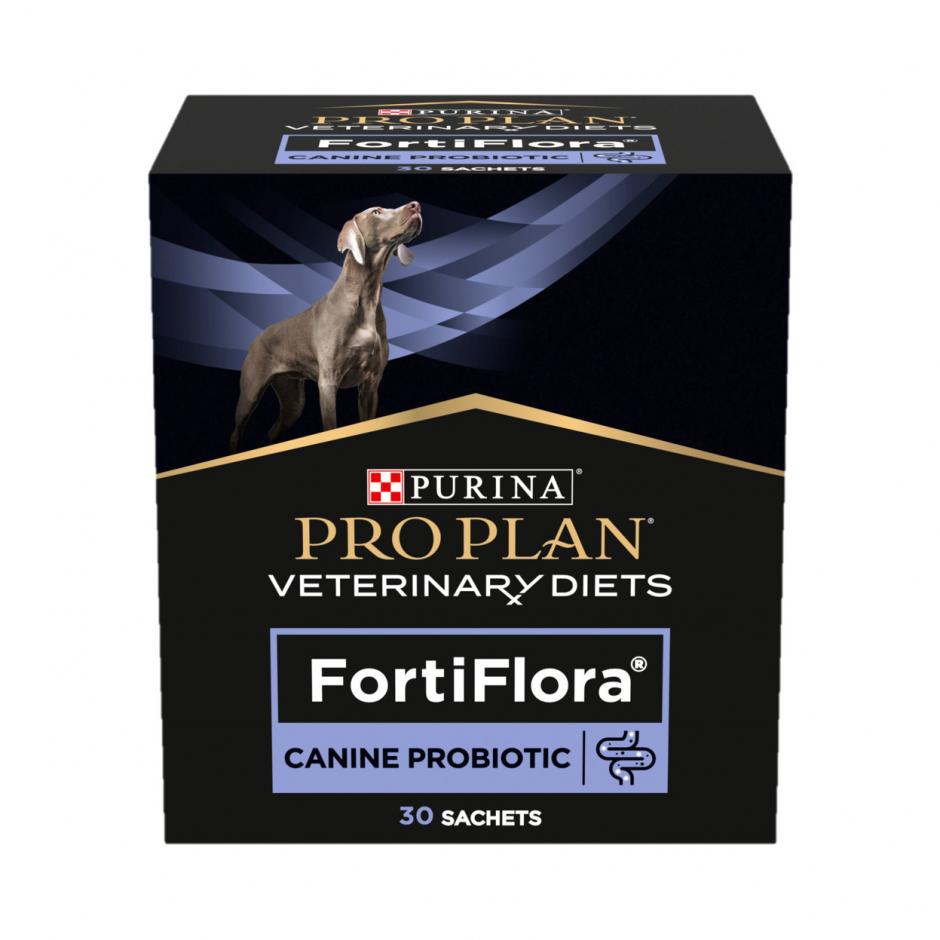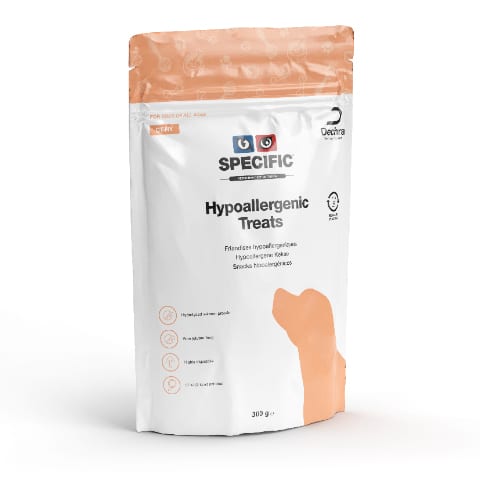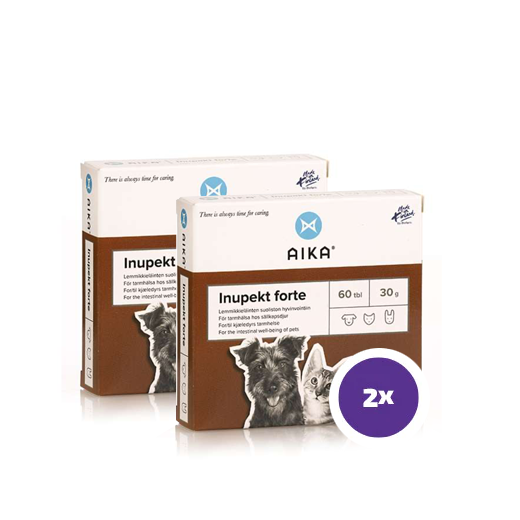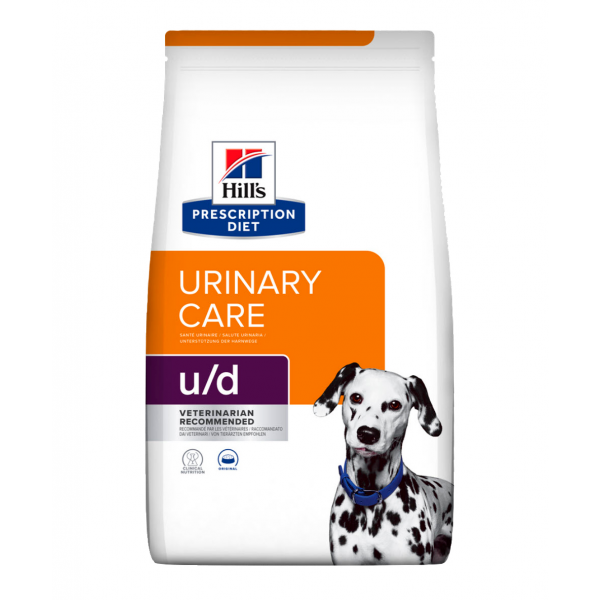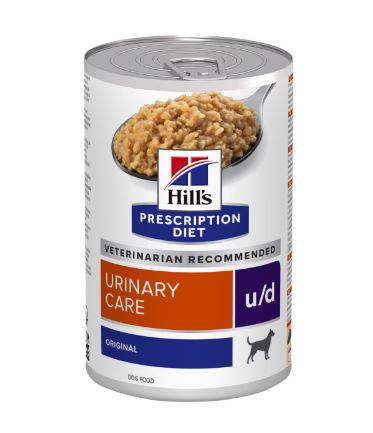Shop by health condition
There are many different health conditions that might impact the health and wellbeing of your dog. We've listed them below to help you navigate to the right section to find the products you need.
FAQ
The best urinary health dog food is formulated to promote a healthy bladder by controlling mineral levels, optimizing pH balance and ensuring urine dilution. Look for foods tailored for urinary health, such as those from Hill’s Prescription Diet, Royal Canin Veterinary Diets or Purina Pro Plan Veterinary Diets.
Different types of uroliths require different approaches, but generally urinary care formulas help by reducing the concentration of minerals that cause crystals and stones, maintaining a balanced pH, and increasing water intake to dilute the urine. Some diets can even help to dissolve certain types of existing stones.
Many veterinary-formulated urinary diets are safe for long-term feeding, but always consult your vet before making dietary changes. Some contain specific nutrients that may not be necessary for a healthy dog.
Common allergens for dogs include chicken, beef, dairy, wheat, and soy. If your dog has allergies, hypoallergenic foods with novel proteins (like duck or venison) or hydrolyzed protein formulas are often recommended by your vet.
Symptoms of food allergies in dogs can include itchy skin, excessive licking, ear infections and gastrointestinal signs like vomiting, and diarrhea. If your dog shows these signs, consult a vet for clinical workup, such as an elimination diet trial.
Look for foods with highly digestible ingredients and fibres and prebiotics to support the microbial balance in the gut.
Ingredients that support digestion include easily digestible protein sources (like high quality chicken and fish), prebiotics (like fructo-oligosaccharides), probiotics (live beneficial bacteria) and fibers from different sources.
Look for a low-calorie, high-protein, high fibre diet to keep your dog full while reducing overall calorie intake.
Use measured portions, switch to a low-calorie and high-fiber food, and increase exercise. Avoid excessive treats and opt for low-calorie snacks





